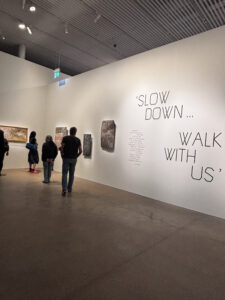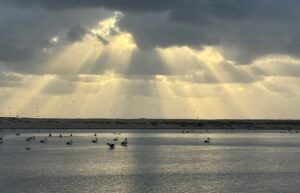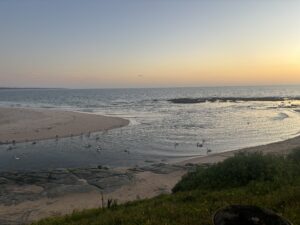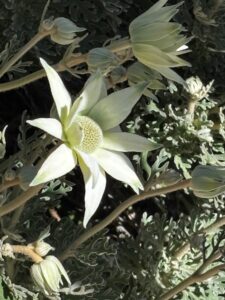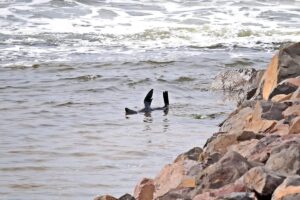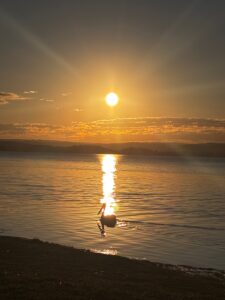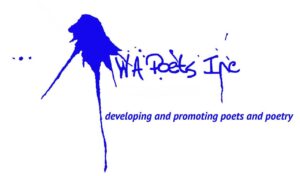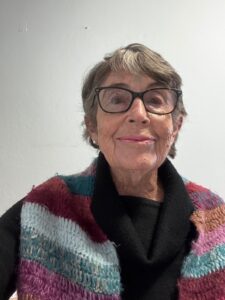White Pebbles Haiku Group Spring meeting

On Saturday 13th September, White Pebbles members Beverley George (convenor), Colleen Keating, Kent Robinson, Pip Griffin and Marilyn Humbert gathered for the Spring meeting at the beautiful Gosford/Edogawa Gardens on the Central Coast, NSW.
After coffee and greetings, members dispersed to wander solo through the gardens and to observe, listen and jot down thoughts that might lead to haiku. Warmed by sunshine we strolled along curving pathways edged by carefully shaped hedges, and past beds of pink, white and red flowering azaleas. Meandering by the bamboo fountain, we wandered through the wisteria pergola. Standing beside the pond watching the ducks and ducklings amongst swirling koi we were surrounded by children’s laughter and chatter and heard nearby the cascading waterfall. When we sat on a stone bench overlooking the raked white pebble garden in quiet contemplation, we were grateful for the vast variety of colour and sound our walk had yielded.
After 45 minutes, we gathered back at the meeting room to review our musings and offer suggestions. Beverley displayed a bird’s nest, found on the ground after a recent storm, as a prompt. We enjoyed hearing Kent’s adventures whale watching. Colleen spoke about her newly published poetry book, Ring the Bells. Pip shared the excitement of attending Australian World Orchestra playing Mahler Symphonies at the Opera House. Marilyn shared haiku and haibun written in response to her recent camping trip.
The meeting concluded at 12.30pm when members adjourned to the café for lunch and chat.
Next meeting will be on 13th December, celebrating Summer.
Marilyn Humbert

Image: by Deb Robinson
Kent Robinson, Marilyn Humbert, Colleen Keating, Beverley George, Pip Griffin








